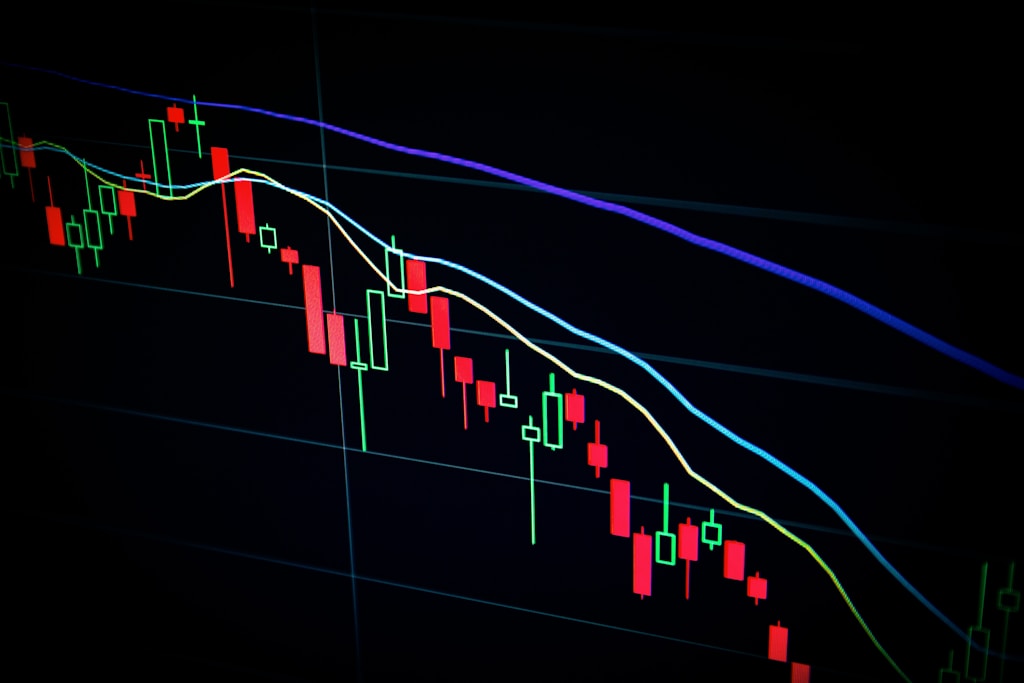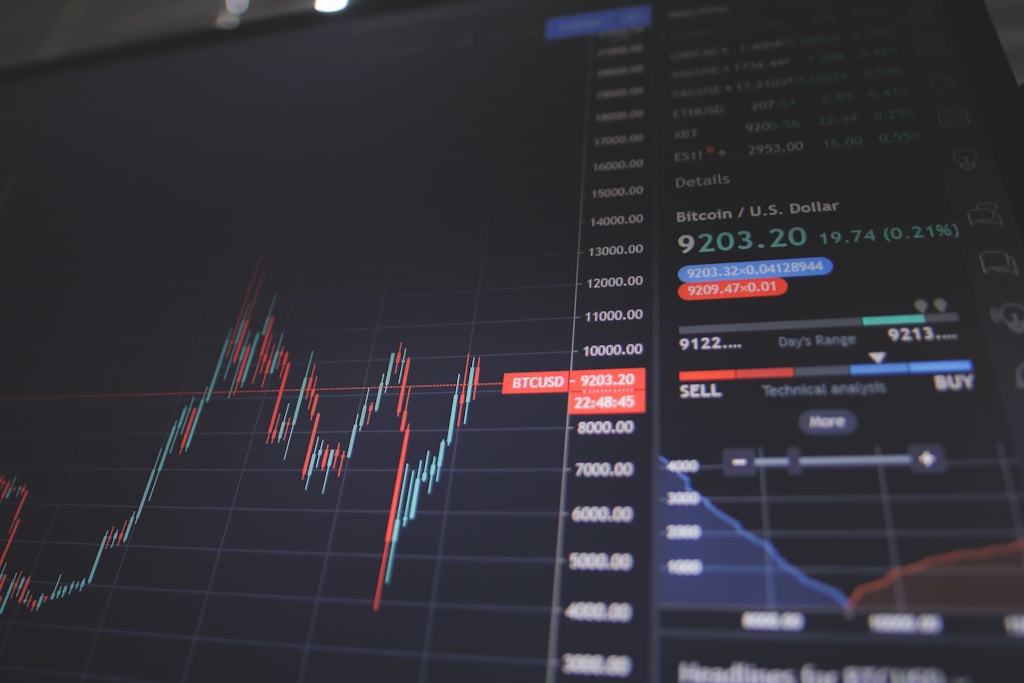Key Takeaways:
- Bitcoin price drops from $109,000 to $104,500
- Fear and Greed Index shifts from ‘extreme greed’ to ‘neutral’
- Market sentiment indicates potential consolidation phase
The cryptocurrency market is experiencing a significant shift in sentiment as Bitcoin’s price action continues to show signs of weakness. Recent liquidations exceeding $644M have contributed to the declining market confidence, pushing the Fear and Greed Index from ‘extreme greed’ territory into a ‘neutral’ zone.
Market Sentiment Analysis
The Crypto Fear and Greed Index, a key metric for gauging market sentiment, has registered a dramatic shift over the past week. This transformation from extreme greed to neutral territory often signals a crucial turning point in market dynamics.
Price Action and Technical Overview
Bitcoin’s price movement has been particularly noteworthy, with the flagship cryptocurrency experiencing a significant correction from its recent high of $109,000. The critical support level at $103K is now being closely watched by traders and analysts.
SPONSORED
Trade Bitcoin with up to 100x leverage and maximize your profit potential
Expert Analysis
Market analysts suggest this sentiment shift could indicate a healthy market correction rather than the beginning of a broader downtrend. The neutral reading on the Fear and Greed Index historically presents opportunities for strategic position-taking.
Looking Ahead
While short-term volatility remains a concern, the underlying market fundamentals continue to show strength. Institutional interest and network metrics remain robust despite the recent price correction.
FAQ Section
Q: What does a neutral Fear and Greed reading mean?
A: A neutral reading suggests balanced market sentiment, often indicating a period of consolidation before the next significant move.
Q: How does the Fear and Greed Index affect trading?
A: The index helps traders gauge market sentiment and potentially identify extreme conditions that might signal trading opportunities.
Q: What are the key support levels to watch?
A: Current critical support levels include $104,500 and $103,000, with the 200-day moving average providing additional technical context.





